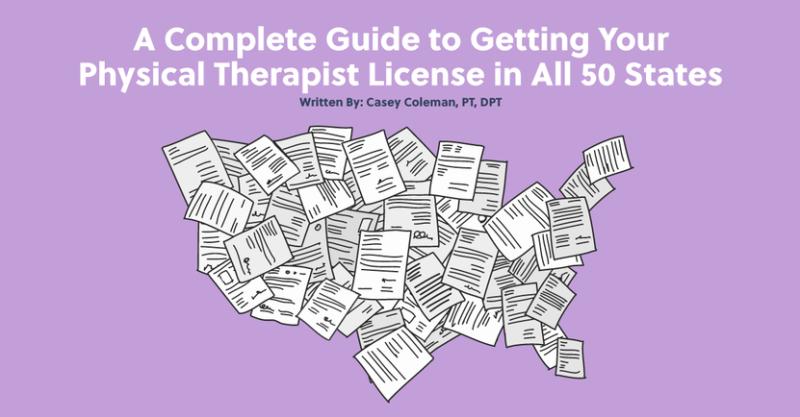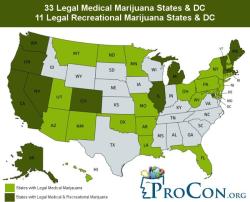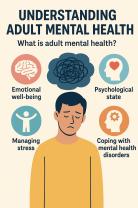How do you get a physical therapy license?
Obtaining a physical therapy license involves completing the necessary education, clinical training, and examinations required by the licensing board in the state or country where you intend to practice. Licensing requirements can vary, so it's important to check with the specific licensing board in the jurisdiction where you plan to work. However, here is a general guide on how to get a physical therapy license:
Step 1: Complete Educational Requirements
Earn a Bachelor's Degree:
- While a bachelor's degree is not always required, it usually provides a strong foundation for admission to a Doctor of Physical Therapy (DPT) program.
Complete a Doctor of Physical Therapy (DPT) Program:
- Enroll in and successfully complete a DPT program accredited by the Commission on Accreditation in Physical Therapy Education (CAPTE). DPT programs typically take three years to complete.
Step 2: Gain Clinical Experience
- Participate in Clinical Rotations:
- DPT programs include clinical rotations where you gain hands-on experience in different healthcare settings.
Step 3: Pass the National Physical Therapy Exam (NPTE)
Apply for Licensure:
- Submit an application for licensure to the state licensing board where you intend to practice. This often includes providing proof of education and clinical experience.
Register for the NPTE:
- Register for and take the National Physical Therapy Exam (NPTE). The NPTE is a standardized exam administered by the Federation of State Boards of Physical Therapy (FSBPT).
Pass the NPTE:
- Successfully pass the NPTE. Each state has its own passing score requirement.
Step 4: State Jurisprudence Exam
- Take State Jurisprudence Exam (If Required):
- Some states may require you to take a state-specific jurisprudence exam to assess your knowledge of state laws and regulations related to physical therapy.
Step 5: Complete Additional Requirements
Background Check:
- Some states may require a criminal background check as part of the licensure process.
Submit Additional Documents:
- Submit any additional documents or information required by the state licensing board.
Step 6: Apply for State Licensure
- Apply for State Licensure:
- Once you have completed all requirements, submit your application for state licensure to the appropriate licensing board.
Step 7: Maintain Licensure
Renew License:
- Stay informed about license renewal requirements and renew your license as required by the state licensing board.
Continuing Education:
- Fulfill any continuing education requirements to maintain and renew your license.
Additional Tips:
Stay Informed:
- Keep yourself informed about changes in licensing requirements by regularly checking the website of the state licensing board.
Professional Organizations:
- Consider joining professional organizations, such as the American Physical Therapy Association (APTA), which can provide resources, networking opportunities, and information on best practices in the field.
Network and Seek Mentors:
- Connect with experienced physical therapists who can offer guidance and advice on navigating the licensure process and building a successful career.
Remember that licensing requirements can vary, so it's crucial to research the specific requirements of the state or country where you plan to practice. The steps outlined here provide a general overview, but you should always refer to the licensing board's official guidelines for the most accurate and up-to-date information.
To obtain a physical therapy license in the United States, you must meet the following requirements:
- Earn a Doctor of Physical Therapy (DPT) degree from an accredited program.
- Pass the National Physical Therapy Examination (NPTE).
- Meet any additional requirements set by the state in which you wish to practice.
Steps and requirements for acquiring a license in physical therapy
The following are the general steps involved in acquiring a physical therapy license:
- Earn a DPT degree from an accredited program. DPT programs are typically four years long and include coursework in anatomy, physiology, kinesiology, pathology, pharmacology, and clinical practice.
- Pass the NPTE. The NPTE is a computer-based exam that tests your knowledge of physical therapy practice. The exam is administered by the Federation of State Boards of Physical Therapy (FSBPT).
- Apply for a license in the state in which you wish to practice. Each state has its own requirements for physical therapy licensure. You can find information about the requirements in your state by contacting the state board of physical therapy.
Examinations or certifications necessary for obtaining a physical therapy license
The only examination required for obtaining a physical therapy license in the United States is the NPTE. However, some states may also require you to complete a jurisprudence exam or a background check.
In addition to the NPTE, there are a number of specialty certifications available to physical therapists. These certifications can demonstrate your expertise in a particular area of physical therapy practice.
Some common specialty certifications for physical therapists include:
- Board Certified Specialist in Sports Physical Therapy (SCS)
- Board Certified Specialist in Geriatric Physical Therapy (GCS)
- Board Certified Specialist in Pediatric Physical Therapy (PCS)
- Board Certified Specialist in Neurological Physical Therapy (NCS)
- Board Certified Specialist in Cardiovascular and Pulmonary Physical Therapy (CCS)
Additional tips for obtaining a physical therapy license
Here are a few additional tips for obtaining a physical therapy license:
- Start planning early. The process of becoming a physical therapist can take several years. It is important to start planning early so that you can meet all of the requirements.
- Get involved in extracurricular activities. Extracurricular activities, such as volunteering at a physical therapy clinic or joining a physical therapy student organization, can help you gain experience and make connections in the field.
- Study for the NPTE. The NPTE is a challenging exam, so it is important to study for it thoroughly. There are a number of resources available to help you study, such as practice exams and review courses.
- Network with other physical therapists. Networking with other physical therapists can help you learn about the field and find job opportunities.












